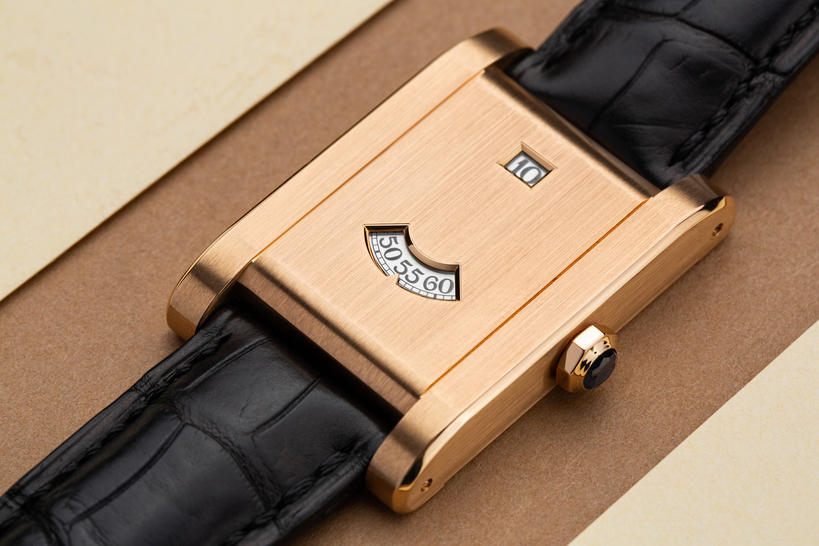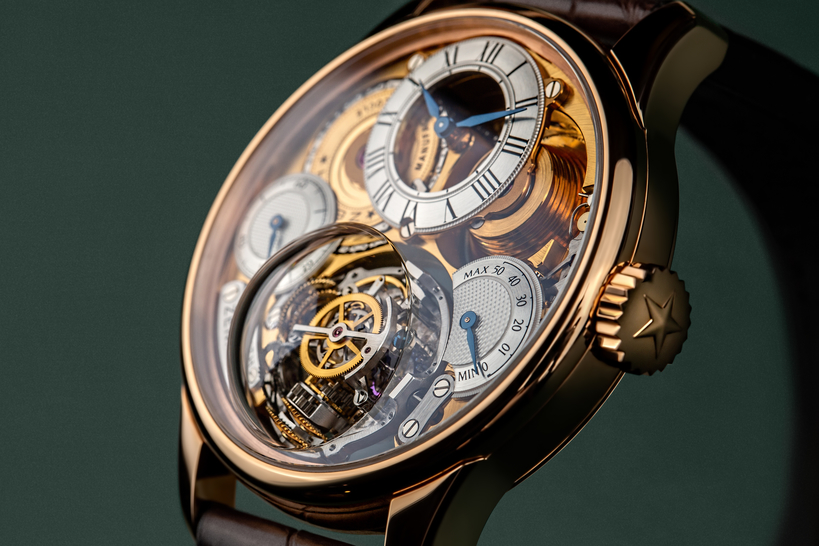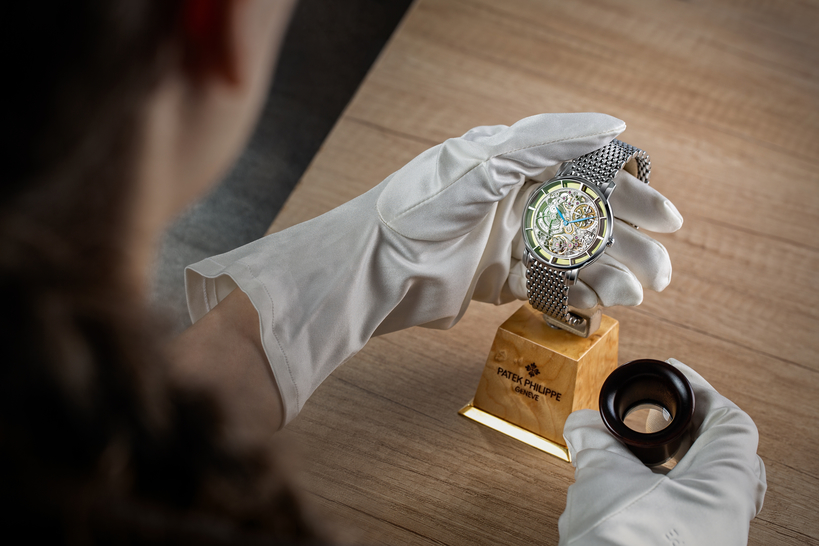The perpetual calendar holds a special place in Audemars Piguet's rich history.
The most significant perpetual calendar by Audemars Piguet was launched in 1978, when only a handful of companies were making mechanical watches, not to mention complicated pieces. The world was dominated by fashionable quartz, which was not only cheap, but also surprisingly thin.
In order to offer something that could compete with this strong competitor, Audemars Piguet joined forces with LeCoutre & Cie and Vacheron Constantin to create the thinnest automatic movement. Caliber 2120 measured just 2.45 mm in height when unveiled in 1967, even with its central rotor!
Eleven years later, Caliber 2120/2800 was launched based on the first movement: the thinnest perpetual calendar at 3.95 mm. No wonder the company has begun its anniversary year of 2025 with the premiere of a new perpetual calendar movement.
No wonder the company has begun its anniversary year of 2025 with the premiere of a new perpetual calendar movement. The main feature of Caliber 7138 is the simplicity of its adjustment. All adjustments are made with the winding crown in four positions.
The first position is for winding, then pulling it out to the second position allows the date to be set by turning clockwise while the month and leap year are set counterclockwise, and the third pull-out position is for setting the time.
The fourth position is for controlling perpetual calendar readings. It's still easier to find than Platform 9 3⁄4 at King's Cross Station in Harry Potter: from the third position, you just need to push the crown back to the second position to set the day and week (clockwise) and the moon phase (counterclockwise).
For all of this, the movement measures just 4.1 mm in height, drawing on the experience of Caliber 5133 in the Royal Oak Selfwinding Perpetual Calendar Ultra-Thin RD#2. Caliber 7138 is housed in three watches from the get-go.
One of them is the Code 11.59 by Audemars Piguet Selfwinding Perpetual Calendar in white gold with a blue dial that bears a concentric ripple pattern by the Swiss guilloché artisan Yann von Kaenel.
There are also two versions of the Royal Oak Selfwinding Perpetual Calendar: one in steel with a blue dial and the trademark "Grande Tapisserie" pattern, and another with a sand gold dial to match the tone of its case. Cases for all of the novelties measure 41 mm in diameter.
The case height for the Code 11.59 is 10.6 mm, while the Royal Oaks measure 9.5 mm in height. Availability of the anniversary Royal Oaks is limited to 150 pieces for each version. Another anniversary feature is the retro Audemars Piguet signature at 6 o'clock.









